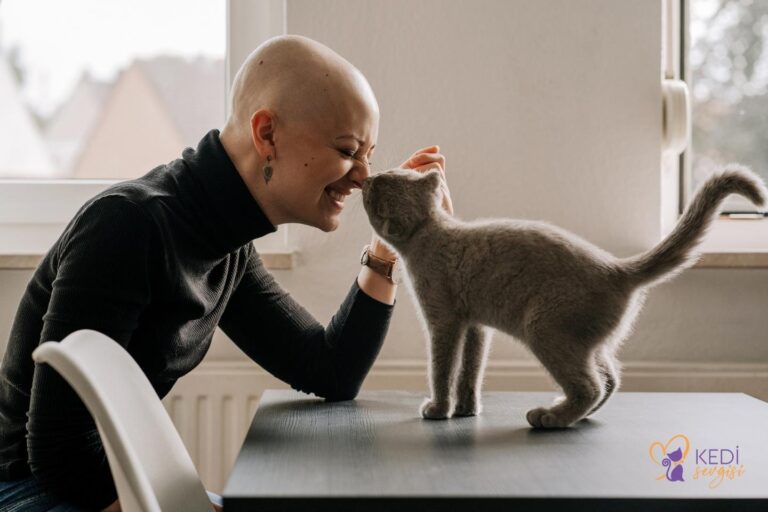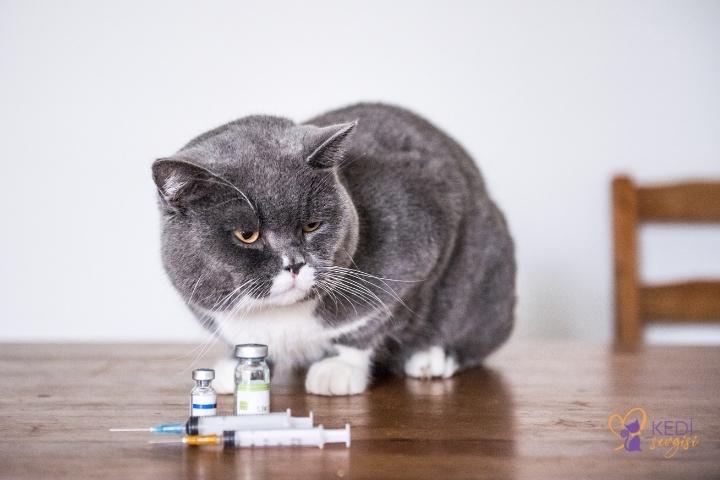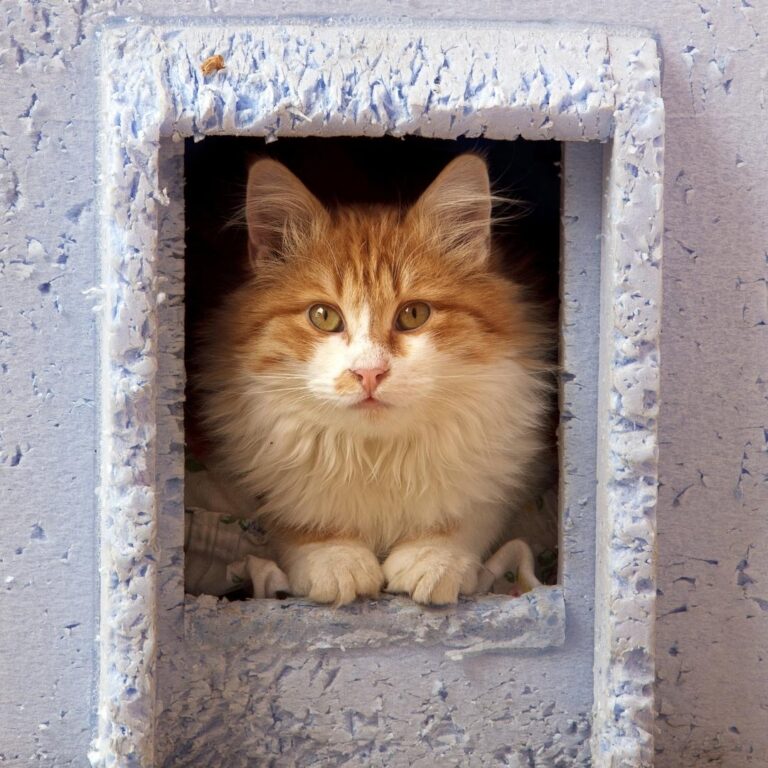Common Low-Risk Cat Diseases and How to Take Care of Them

Even the healthiest cats can experience occasional illnesses — from mild sniffles to digestive upsets.
While many feline diseases are low-risk and easily treatable, knowing the signs early and understanding how to care for your cat can make all the difference in their comfort and recovery.
This guide explains the most common low-risk cat ailments, their symptoms, and simple home or veterinary care strategies to keep your feline friend healthy and happy.
Story Overview: Everyday Cat Health Challenges
Cats, like humans, encounter seasonal or environmental health issues.
Most of these are non-serious and resolve with basic care, but awareness helps prevent them from developing into more complicated conditions.
The most frequent low-risk diseases among domestic cats include upper respiratory infections, digestive issues, allergies, ear mites, and minor skin irritations.
Each can be treated with the right mix of observation, hygiene, diet, and — when necessary — veterinary guidance.

1. Upper Respiratory Infections (URIs)
Cause: Often viral (feline herpesvirus or calicivirus), similar to a human cold.
Symptoms: Sneezing, watery eyes, mild nasal discharge, loss of appetite.
Care:
- Keep your cat hydrated and warm.
- Use a humidifier to ease breathing.
- Clean discharge around the nose and eyes with a damp cloth.
- If symptoms last longer than 7–10 days, or if your cat refuses food, visit a vet — antibiotics may be needed to prevent secondary bacterial infection.
Prevention tip: Regular vaccinations protect against most URI-causing viruses.
2. Digestive Upset (Vomiting or Diarrhea)
Cause: Sudden diet changes, hairballs, overeating, or mild food intolerance.
Symptoms: Occasional vomiting, soft stool, or brief diarrhea.
Care:
- Withhold food for 8–12 hours, but never water.
- Offer bland food like boiled chicken and rice in small portions.
- Gradually reintroduce regular cat food after 24 hours.
- Add fiber (pumpkin purée or vet-approved hairball formula) to prevent recurrence.
Call your vet if vomiting persists beyond 24 hours, contains blood, or is accompanied by lethargy.
3. Allergies and Seasonal Sensitivities
Cause: Pollen, dust, certain foods, or flea saliva.
Symptoms: Sneezing, itching, watery eyes, excessive grooming, skin redness.
Care:
- Identify and minimize exposure (change litter type, vacuum frequently).
- Use vet-recommended antihistamines or topical creams.
- Maintain a flea-control routine even for indoor cats.
Prevention tip: Regular grooming and hypoallergenic bedding help minimize allergens.
4. Ear Mites
Cause: Tiny parasites that live in the ear canal, spreading through contact with other animals.
Symptoms: Head shaking, scratching at ears, dark wax resembling coffee grounds.
Care:
- Clean the outer ear gently with a vet-approved solution.
- Apply prescribed mite drops or medication.
- Treat all pets in the household to prevent reinfestation.
Prevention tip: Routine ear checks during grooming help catch infestations early.
5. Minor Skin Infections or Hot Spots
Cause: Scratches, insect bites, or allergic reactions.
Symptoms: Red or irritated patches, scabs, or mild hair loss.
Care:
- Clean the area with saline or a mild antiseptic solution.
- Prevent licking or scratching — a soft cone may help.
- Apply vet-recommended topical ointment if needed.
Seek vet attention if the spot enlarges or oozes pus — deeper bacterial infections require antibiotics.
Bonus Section – Did You Know?
- Cats groom themselves up to 50% of their waking hours, helping prevent many skin and fur problems.
- A cat’s nose temperature can fluctuate daily and doesn’t always indicate illness.
- Indoor cats can still catch colds — viruses can travel on human clothing or shoes.
- The average feline fever starts at 103°F (39.4°C); mild fevers often resolve within a day.
Caring for cats means more than playtime and cuddles — it’s about noticing the small changes that signal discomfort or illness.
Most common feline ailments are low-risk, but timely attention keeps them from becoming serious.
When in doubt, trust your instinct and your vet — early care always leads to faster recovery.
Suggested Reading
- “10 Common Cat Health Problems” — ASPCA
- “Feline Upper Respiratory Infections” — Cornell Feline Health Center
- “Managing Cat Allergies” — Humane Society of the United States
- “Basic Cat Care and First Aid Tips” — VCA Animal Hospitals






